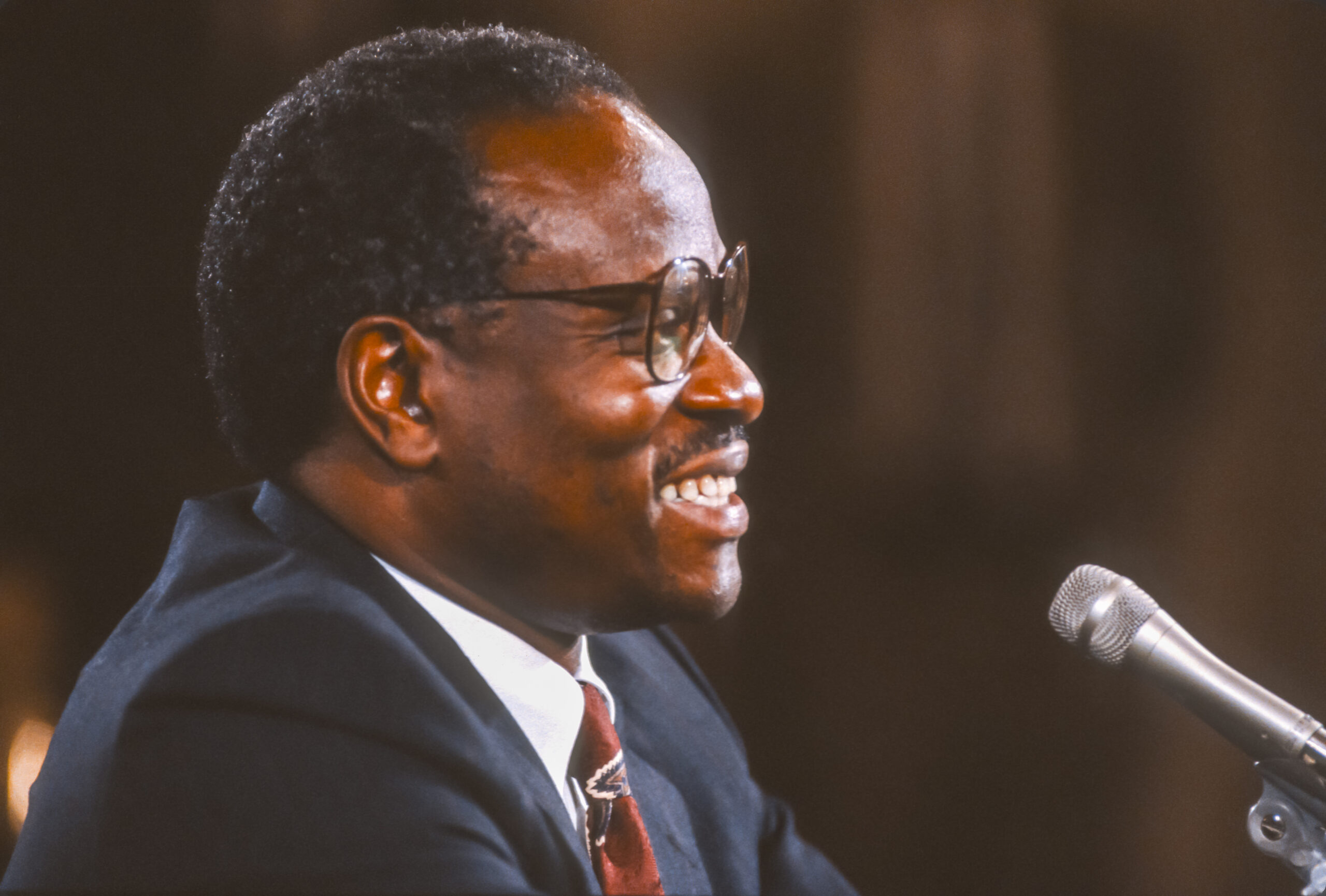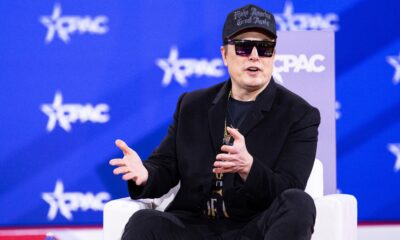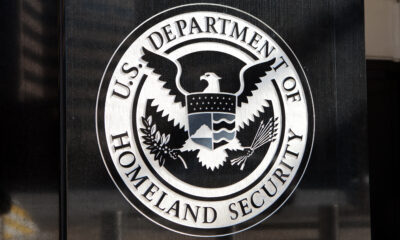Thomas Issues Scathing Rebuttal To Affirmative Action Defenders

In the wake of the Supreme Court ruling racial preferences in higher education are unconstitutional, Justice Clarence Thomas bore the brunt of rage from leftist radicals. His scathing concurrence against the idea of affirmative action in college admissions only fueled their fire.
The fact that he is Black is somehow lost on the rabble, and his response to Justice Ketanji Brown Jackson only angered them more.
Thomas had the audacity to declare, “not all disparities are based on race; not all people are racist; and not all differences between individuals are ascribable to race.” These blatantly true observations are heresy to the liberal establishment.
Concerning Jackson, he denounced her worldview that slavery’s legacy and inherited wealth “locks Blacks into a seemingly perpetual inferior caste.”
Further, Thomas noted that if a university applicant has less financial means than another, the admissions office may take this into account. If there are medical struggles, that also may be considered.
Then Thomas got to the crux of the issue for higher education. Officials, the justice proclaimed, may not assume that “because the applicant checks the box for ‘Black’ he therefore conforms to the university’s monolithic and reductionist view of an abstract, average Black person.”
For this, the left exploded.
Social media users rained criticism down on Thomas, calling him a “race traitor” and a “sell-out.”
One user accused the justice of doing more harm to Black Americans than plantation aristocrats. They then asked, “why did Ruth Bader Ginsburg allow Trump to pick her successor?”
Criticism from the fringe was hardly limited to social media. On Thursday, “The View” co-host Whoopi Goldberg slammed Thomas by asking if his mother and father could vote in this country.
What that had to do with race-based university admissions is anyone’s guess.
The landmark decision resulted from a pair of legal challenges to race-based admissions criteria. One centered on Harvard University, a private institution, and the other on the University of North Carolina, which is public.
Both schools claimed their admissions policies were grounded in a higher goal for society that courts have long upheld. That target was to have a diverse campus setting to groom future leaders.
But Asian American students decried the practices, saying that they suffered from a “racial penalty” that held them to a higher standard than Black and Hispanic students.
In both instances, lower courts ruled against the schools. That no longer matters, and now U.S. universities must consider students as individuals and not merely representations of their race.
























